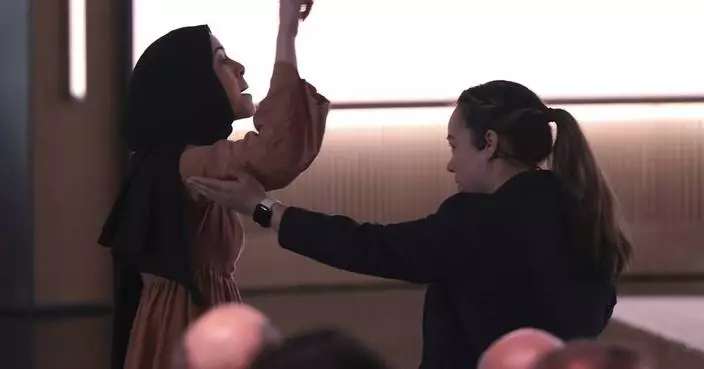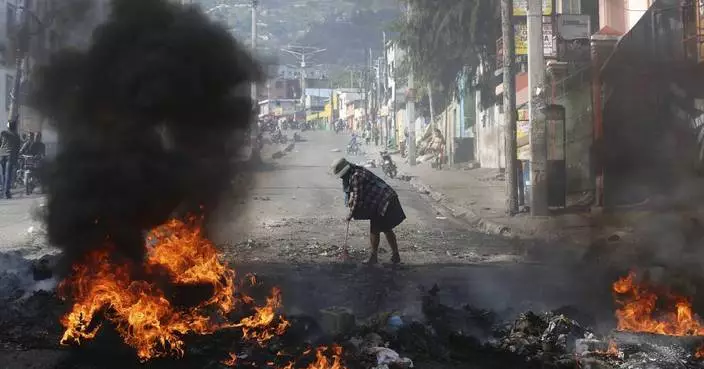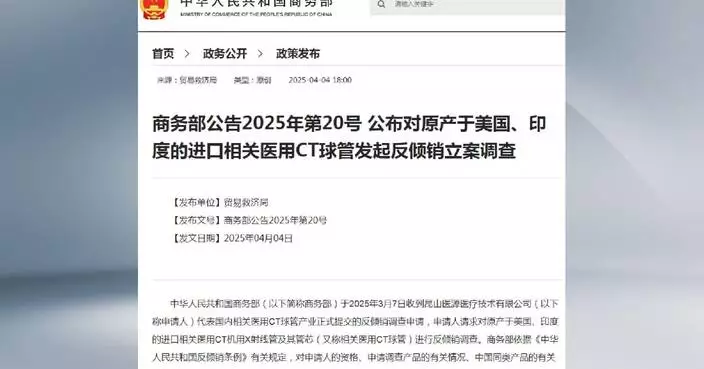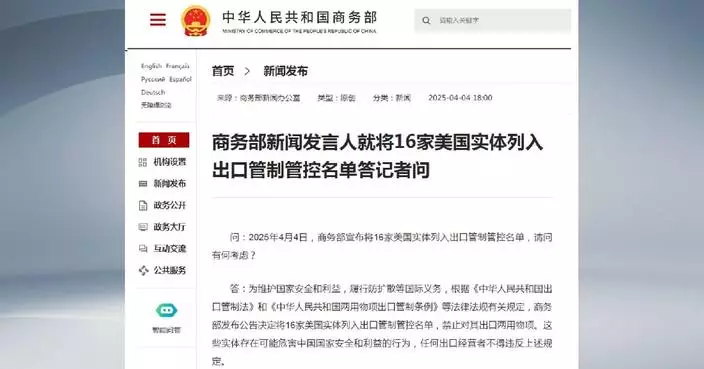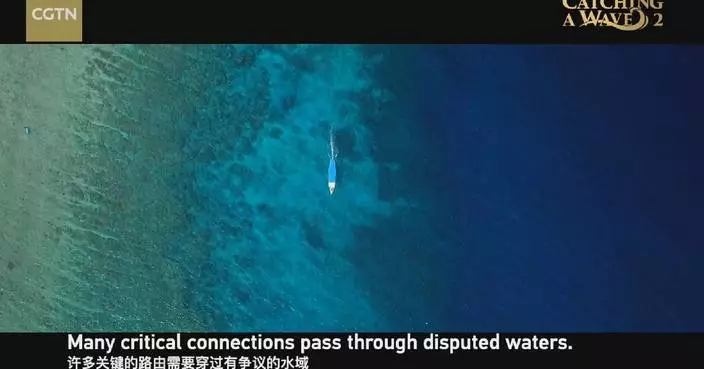Air traffic controllers at Washington's Ronald Reagan National Airport will be offered crisis counseling and additional supervision after a fight in the tower and another alarming near miss two months after a midair collision between a passenger jet and an Army helicopter killed 67 people.
The Federal Aviation Administration said Wednesday it is also evaluating whether the current arrival rate at Reagan is too high. The agency said it would extend extra support to the controllers who direct flights around the busy airport while Congress and the National Transportation Safety Board continue investigating the deadly January crash.
Sen. Ted Cruz, the chairman of the Senate Commerce Committee, said that troubling missteps since the crash “underscore the precarious situation in the nation's airspace.” Expressing frustration with the Army's refusal to turn over a memo detailing its flight rules, Cruz said during a Wednesday hearing that any deaths resulting from another collision near Reagan “will be on the Army's hands.”
The FAA's decision to bring in crisis counselors followed the Thursday arrest of a 39-year-old employee from Maryland on suspicion of assault and battery after the control tower fight, the Metropolitan Washington Airports Authority confirmed in a statement.
No details were released about the altercation. The FAA said the employee was put on administrative leave while the fight is investigated.
The next day, a Delta passenger jet had to take evasive action as it took off from Reagan because of the proximity of a flight of four Air Force jets involved in a flyover at Arlington National Cemetery. The incident continued a pattern of close calls that the NTSB has said went on for years around the airport as commercial flights repeatedly got dangerously close to helicopters and other aircraft.
The FAA said Wednesday that it was reviewing the “current arrival rate of aircraft per hour, which is disproportionately concentrated within the last 30 minutes of each hour.”
After January's crash between an American Airlines jet and an Army Black Hawk helicopter, the arrival rate at the airport fell to 26 an hour while crews worked to recover the wreckage and victims' bodies from the Potomac River. The acting head of the FAA said last week that arrivals were back up to 30 an hour and could go up to 32. Now, the agency is rethinking that.
To help with the stress air traffic controllers are under, the FAA plans regular wellness checks of its staff at Reagan as well making a team of crisis counselors available. The agency offered counseling to its employees at the airport right after the Jan. 29 crash and encouraged them to follow up with individual appointments if needed.
The FAA said that going forward, it will increase the number of supervisors from six to eight and evaluate whether it has enough controllers working each shift.
The union that represents air traffic controllers at Reagan and airports across the country declined to comment on the situation.
During Wednesday’s hearing, Cruz threatened the Army with a subpoena if it did not give the committee a copy of its memo spelling out when its aircraft are allowed to fly without a key system that broadcasts their location to other aircraft turned on.
The fact that system wasn’t activated in the Black Hawk that collided with the passenger jet is a key concern investigators have highlighted. With the location system turned off, the tower had to rely on radar for updates on the helicopter’s position that only came once every four seconds instead of every second before the crash.
“It begs the question, what doesn’t the Army want Congress or the American people to know about why it was flying partially blind to the other aircraft and to the air traffic controllers near DCA (Reagan airport)?,” Cruz said. “This is not acceptable.”
The Army didn’t immediately respond to an inquiry Wednesday about the memo. The U.S. Army’s head of aviation, Brig. Gen. Matthew Braman, told the Senate Commerce Committee last week that he wasn’t sure if he could provide the memo because it is part of the investigation, but the head of the NTSB assured him that would be okay.
The January crash was the nation’s deadliest plane crash since November 2001. But a series of other crashes and near misses in the months after fueled worries about air travel even though it remains safe overall.
Associated Press writers Tara Copp and Lisa Leff contributed to this report.
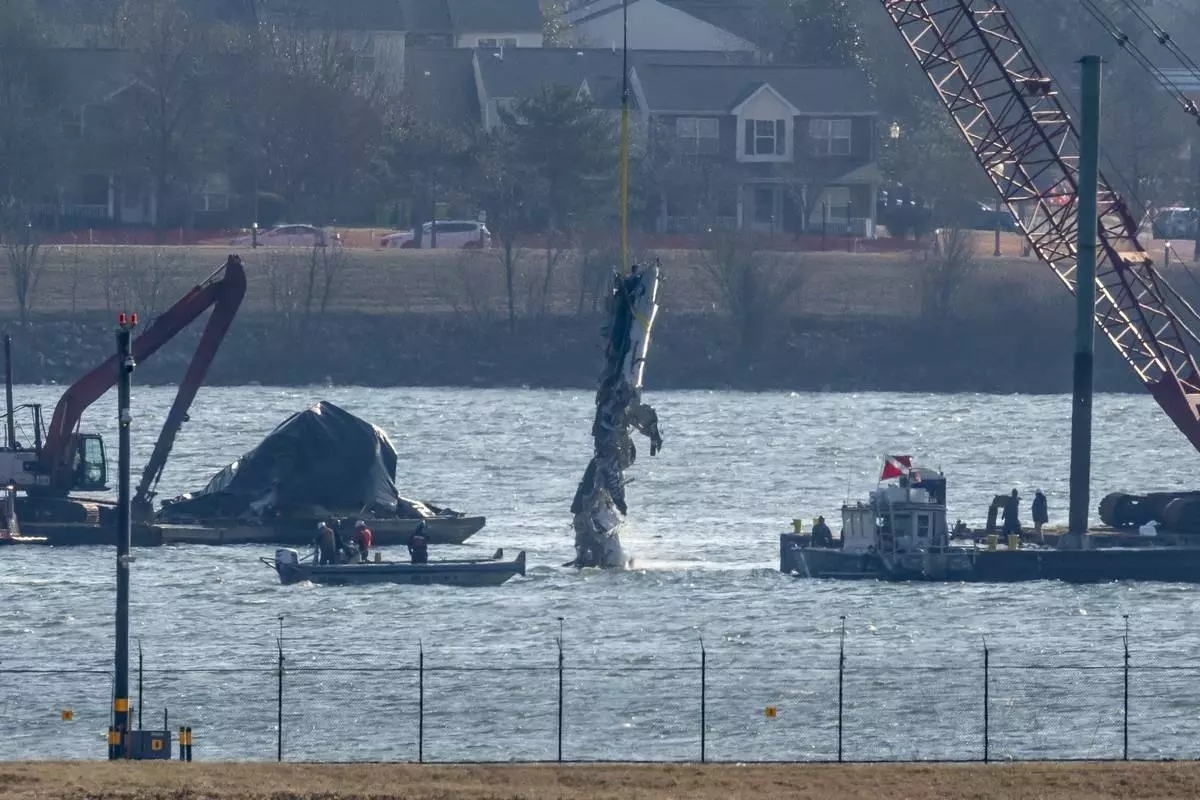
FILE - A piece of wreckage is lifted from the water onto a salvage vessel near the site in the Potomac River of a mid-air collision between an American Airlines jet and a Black Hawk helicopter, at Ronald Reagan Washington National Airport, Feb. 4, 2025, in Arlington, Va. (AP Photo/Ben Curtis, File)
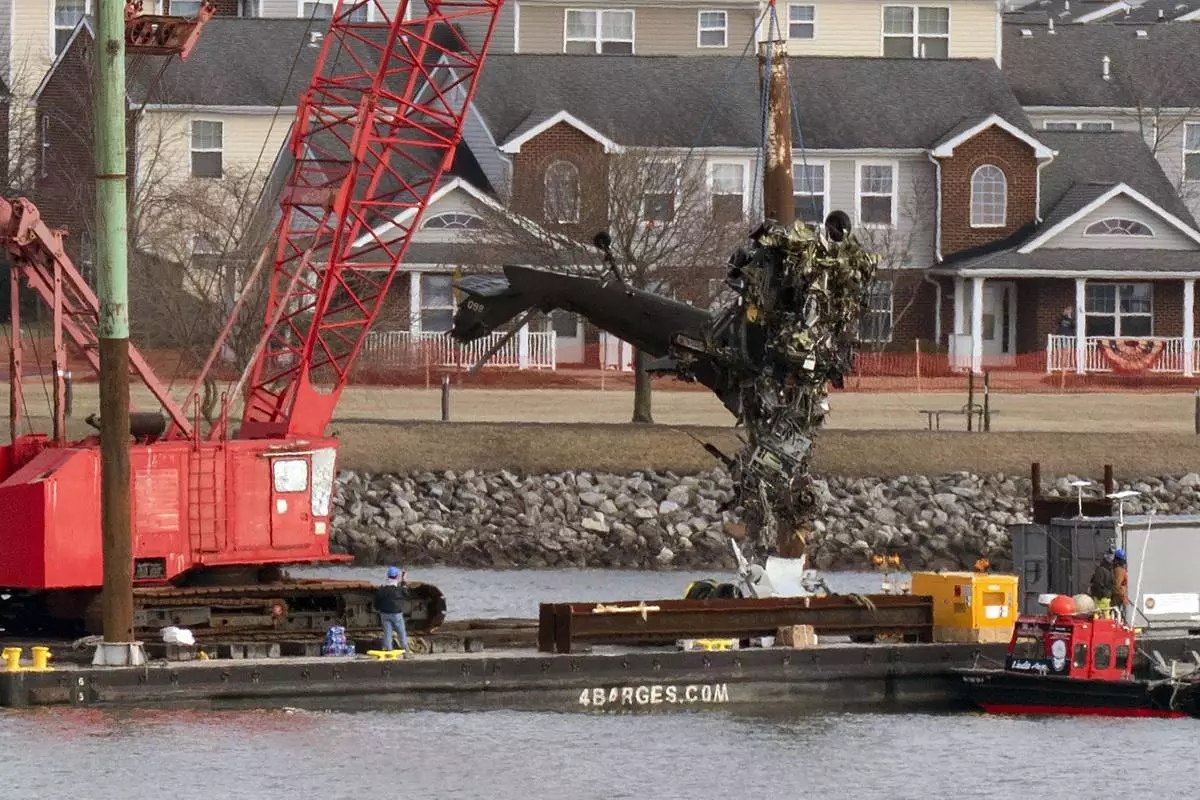
FILE - Rescue and salvage crews pull up a part of a Army Black Hawk helicopter that collided midair with an American Airlines jet, at a wreckage site in the Potomac River from Ronald Reagan Washington National Airport, Feb. 6, 2025, in Arlington, Va. (AP Photo/Jose Luis Magana, File)
SAN ANTONIO (AP) — Pretty much every basketball fan has heard of Duke's Cooper Flagg. Nowhere near as many have heard of Houston's Joseph Tugler.
If the Cougars are going to spring an upset over the Blue Devils in the all-1-seed Final Four on Saturday, it will almost surely be because one of the country's best defenders, Tugler, played a big role in holding down the country's best overall player, Flagg.
“Take away his right hand, don't let him get into his spin move, make him earn his shot,” Tugler said, in ticking off Houston's version of a scouting report that is similar to what has been tried by Duke's 38 previous opponents, with minimal success.
And this: “I can guard anybody if I put my mind to it.”
Coach Kelvin Sampson has a gritty team full of players like that.
A team built around stifling defense might not put a ton of clips on the weekly highlight packages, the way Flagg and the Blue Devils (35-3) do.
But a better illustration of what makes Houston (34-4) click might come from a viral video that shows a loose-ball drill the team runs, usually early in the season or, as the coach said, whenever someone needs it.
It starts with a ball being pushed onto the court — or with a bricked free throw — and devolves into chaos, with players diving on the floor, jumping on each other trying to gain possession. Tackling, it appears from the video, is allowed.
Tugler suggested that the losing “team” has to run. Sampson was less concrete on the rules of the drill as its purpose.
“Everything is a competition,” the coach explained. “But like our kids say, it’s not for everybody. But it is for the ones that are here.”
Asked to analyze Flagg's game, Sampson — in his 36th year coaching and at his third Final Four and second with Houston — started mentioning players his teams have faced over the years: Carmelo Anthony, Gary Payton, Jason Kidd, Paul Pierce.
“This guy is right there with them,” the coach said. “It's hard to say what he's not good at.”
Flagg, the 18-year-old freshman who is averaging 18.9 points and 7.5 rebounds, picked up the AP player of the year award on Friday, along with the Oscar Robinson Award to add to his quickly filling trophy case.
He is virtually certain to be the top pick in the NBA draft later this spring.
Last weekend, Flagg played arguably the best game of his short college career — a 30-point, six-rebound, seven-assist masterpiece in a Sweet 16 win over Arizona. Two nights later, he was off target but still ended up with 16 points, nine rebounds and three assists in a 20-point win over Alabama.
Tugler's honors: Big 12 defensive player of the year and winner of the Lefty Driesell Award given by College Insider Inc. to the nation's best defensive player. Since joining the starting lineup in December, he's averaged 1.9 blocks a game.
Some other Houston stats say a lot. The Cougars are rated first in the KenPom defensive efficiency category. On offense, they are ranked 360th out of 364 teams in possessions per 40 minutes, a figure that plays into the defense because the long possessions shorten games and cause teams to expend energy defending them.
The Cougars lead the nation in field goal percentage allowed (38.2%) and points allowed (58.3).
Duke coach Jon Scheyer, who has seen Houston in a scrimmage two years ago and in a 54-51 Sweet 16 win last season — before Flagg arrived — says the numbers don't fully do it justice.
“They have good individual defenders,” Scheyer said. “But I think, by far, the best thing they do is how they have five guys always moving together.”
Tugler described it that way, too. Always helping. Always moving together. Great defenders might not get as much love as the guys jacking up 3s, but Tugler doesn't mind. He says Houston's version of the “3” comes when it stops a team on three straight possessions.
“We call that the ‘kill stop,’” Tugler said. “After we get that third one, we always feel like, ‘Let’s take this over.'"
Sampson reminisced about his first head-coaching job at Montana Tech. He left Jud Heathcoate's staff at Michigan State and went 7-20 without winning a conference game in his first season.
“Jud calls up and said, ‘Hey, Kel, I just want to congratulate you. You’re the only coach ... that possibly could have taken Montana Tech from obscurity to oblivion,'” Sampson said.
Scheyer was surprised to learn that Flagg's mom, Kelly, has entered a pact with other team moms to get tattoos to commemorate a Duke national title if there is one. Will the coach participate?
“I’m making my wife get a tattoo with them if that’s what’s going to happen," Scheyer said. “I would even consider getting one if we win.”
AP March Madness bracket: https://apnews.com/hub/ncaa-mens-bracket and coverage: https://apnews.com/hub/march-madness. Get poll alerts and updates on the AP Top 25 throughout the season. Sign up here.
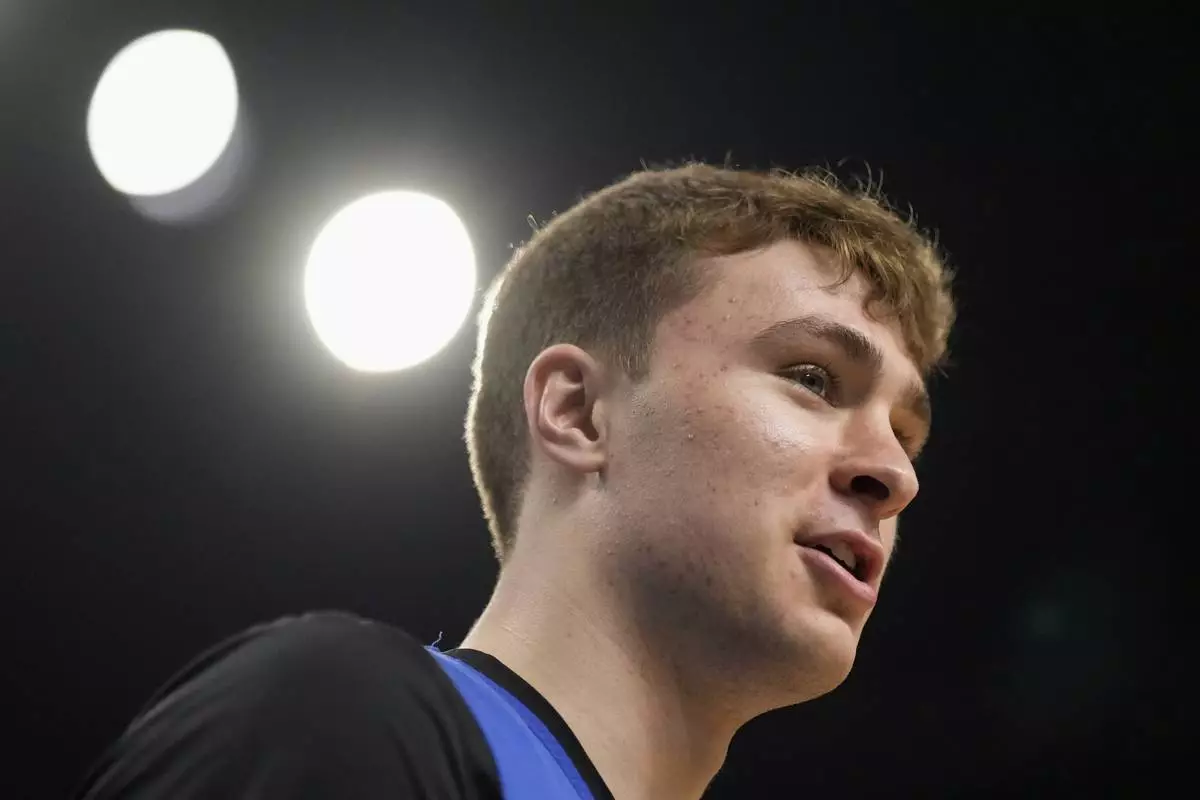
Duke forward Cooper Flagg watches during practice at the Final Four of the NCAA college basketball tournament, Friday, April 4, 2025, in San Antonio. (AP Photo/Brynn Anderson)
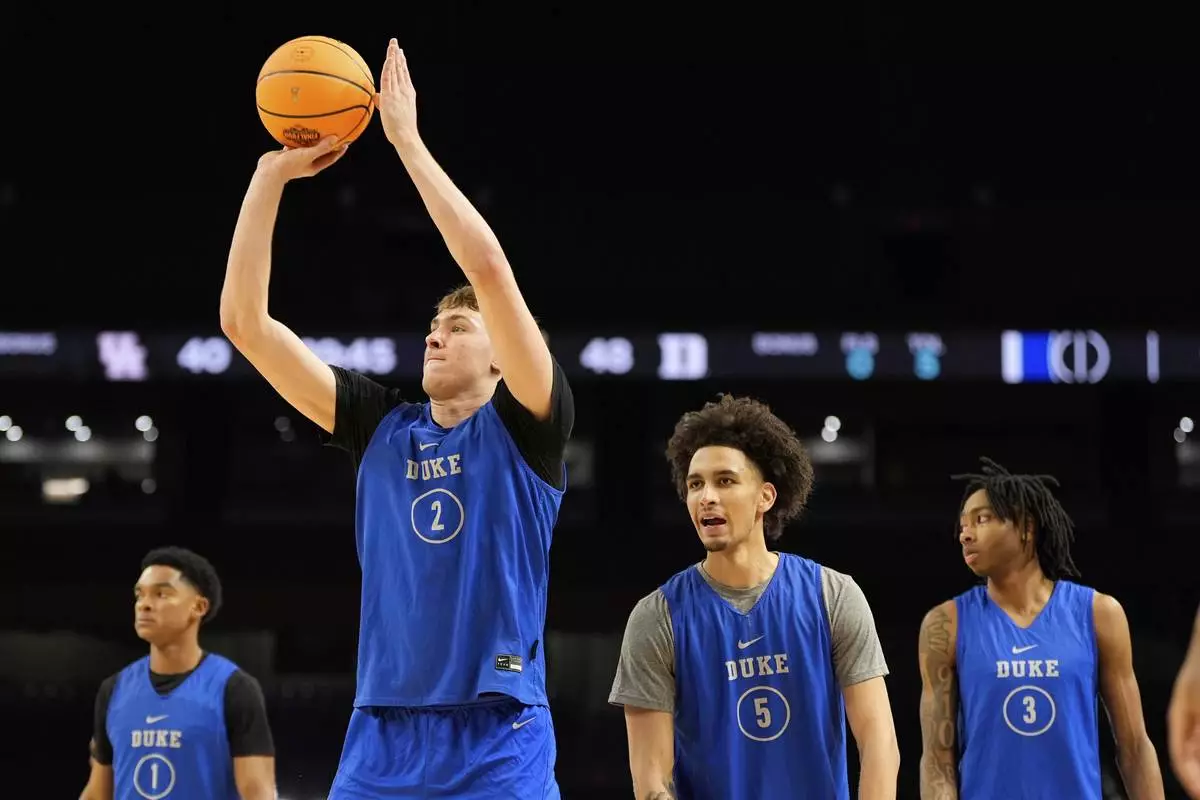
Duke forward Cooper Flagg shoots during practice at the Final Four of the NCAA college basketball tournament, Friday, April 4, 2025, in San Antonio. (AP Photo/Stephanie Scarbrough)
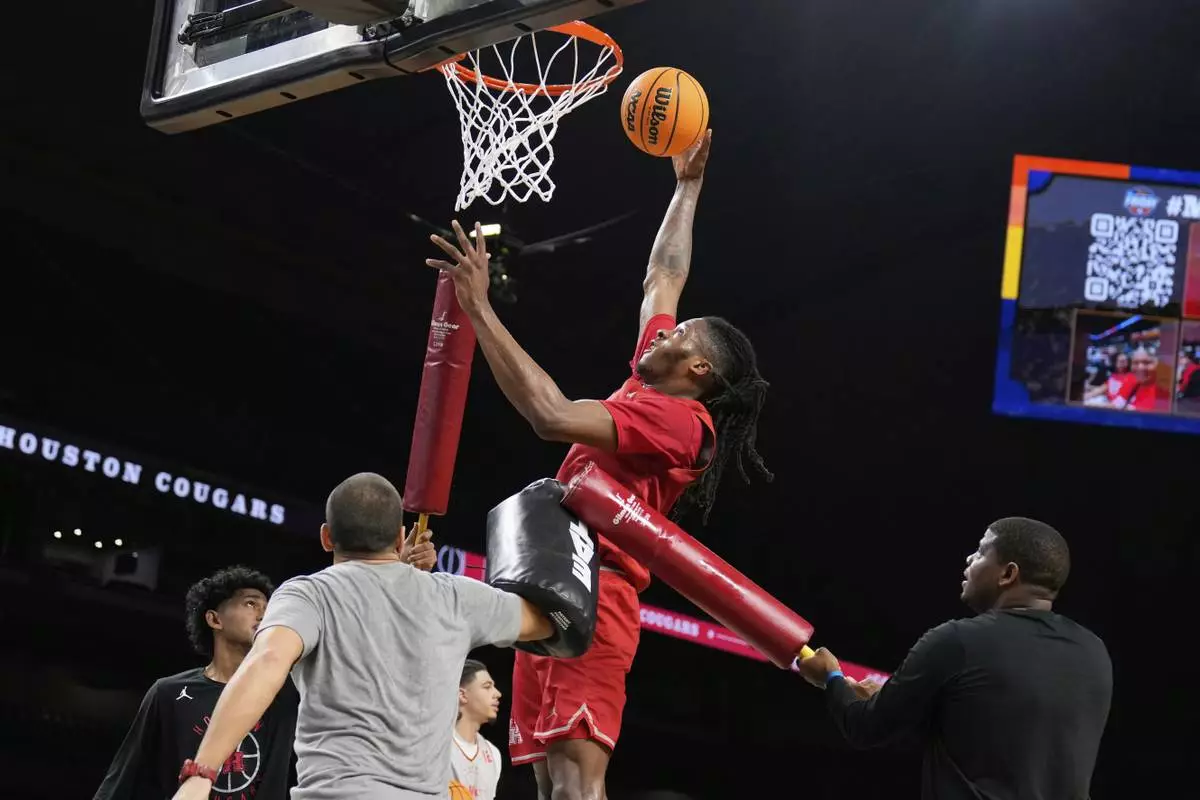
Houston forward Joseph Tugler shoots during practice at the Final Four of the NCAA college basketball tournament, Friday, April 4, 2025, in San Antonio. (AP Photo/Brynn Anderson )
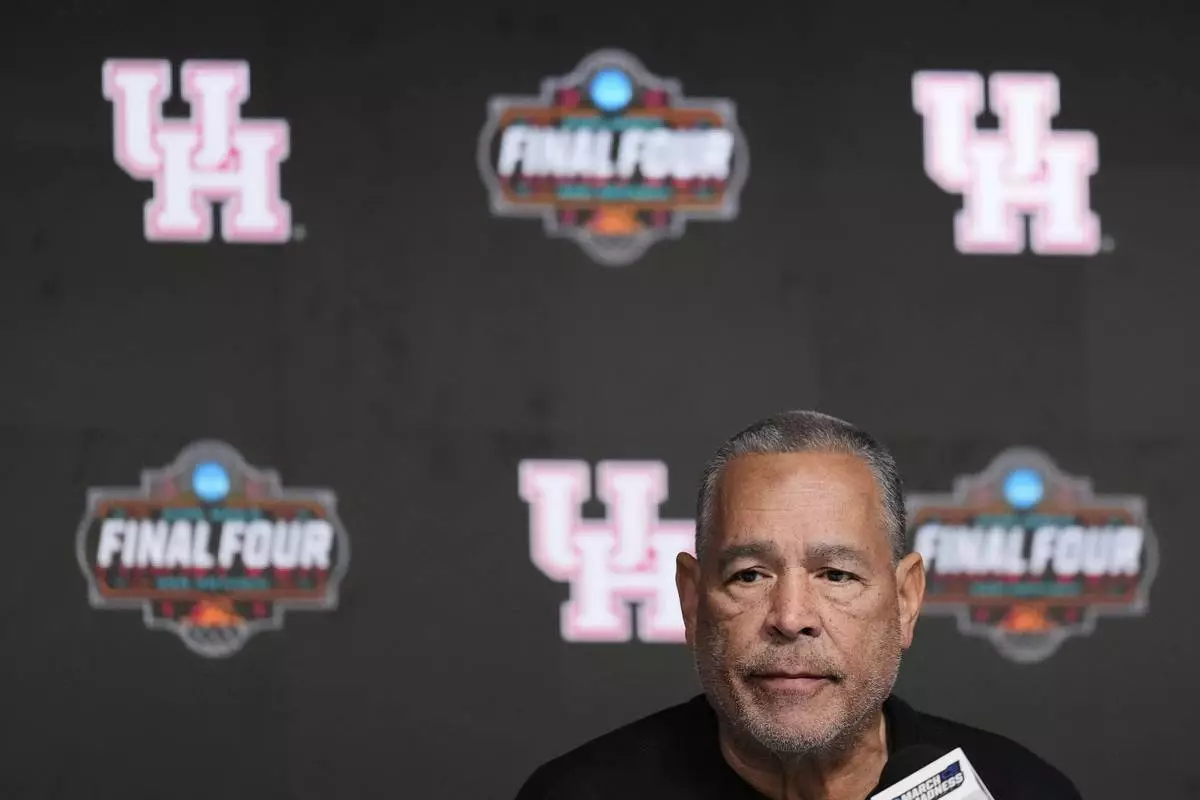
Houston head coach Kelvin Sampson speaks during media day at the Final Four of the NCAA college basketball tournament, Thursday, April 3, 2025, in San Antonio. (AP Photo/Brynn Anderson )

Duke head coach Jon Scheyer watches during practice at the Final Four of the NCAA college basketball tournament, Friday, April 4, 2025, in San Antonio. (AP Photo/Brynn Anderson)
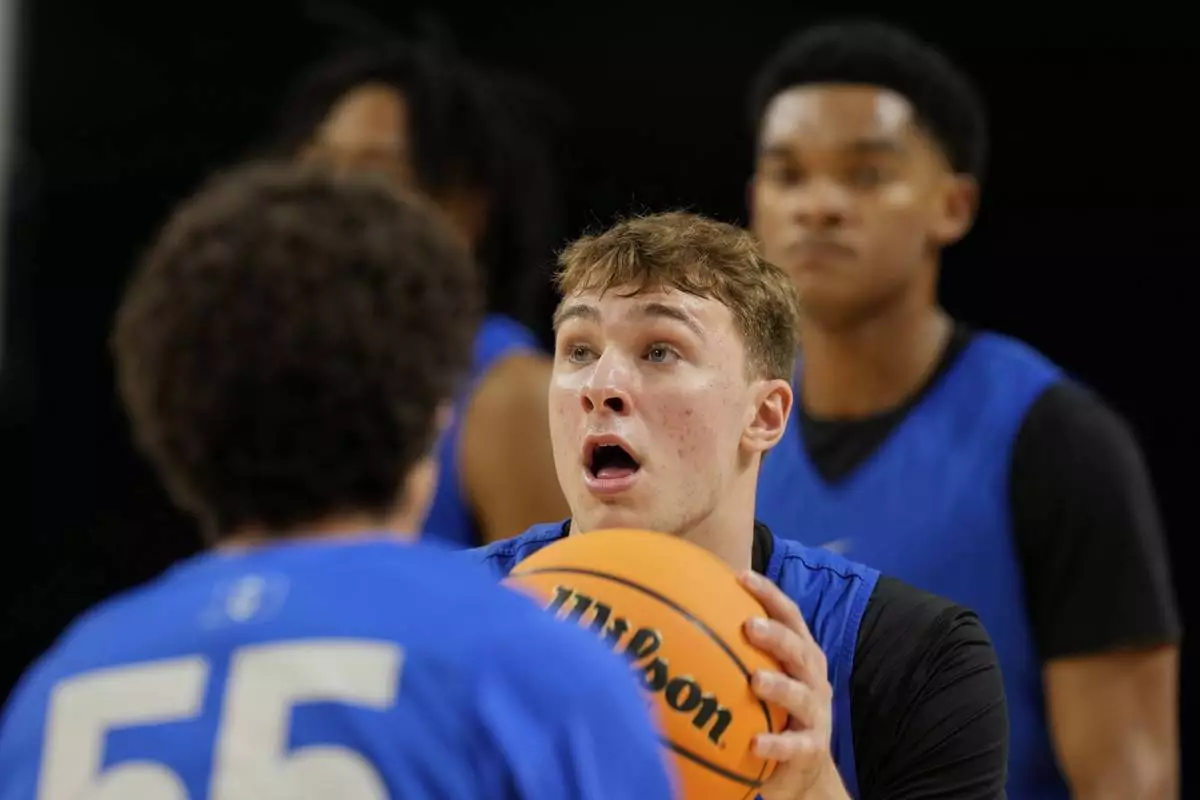
Duke forward Cooper Flagg shoots during practice at the Final Four of the NCAA college basketball tournament, Friday, April 4, 2025, in San Antonio. (AP Photo/Brynn Anderson)













